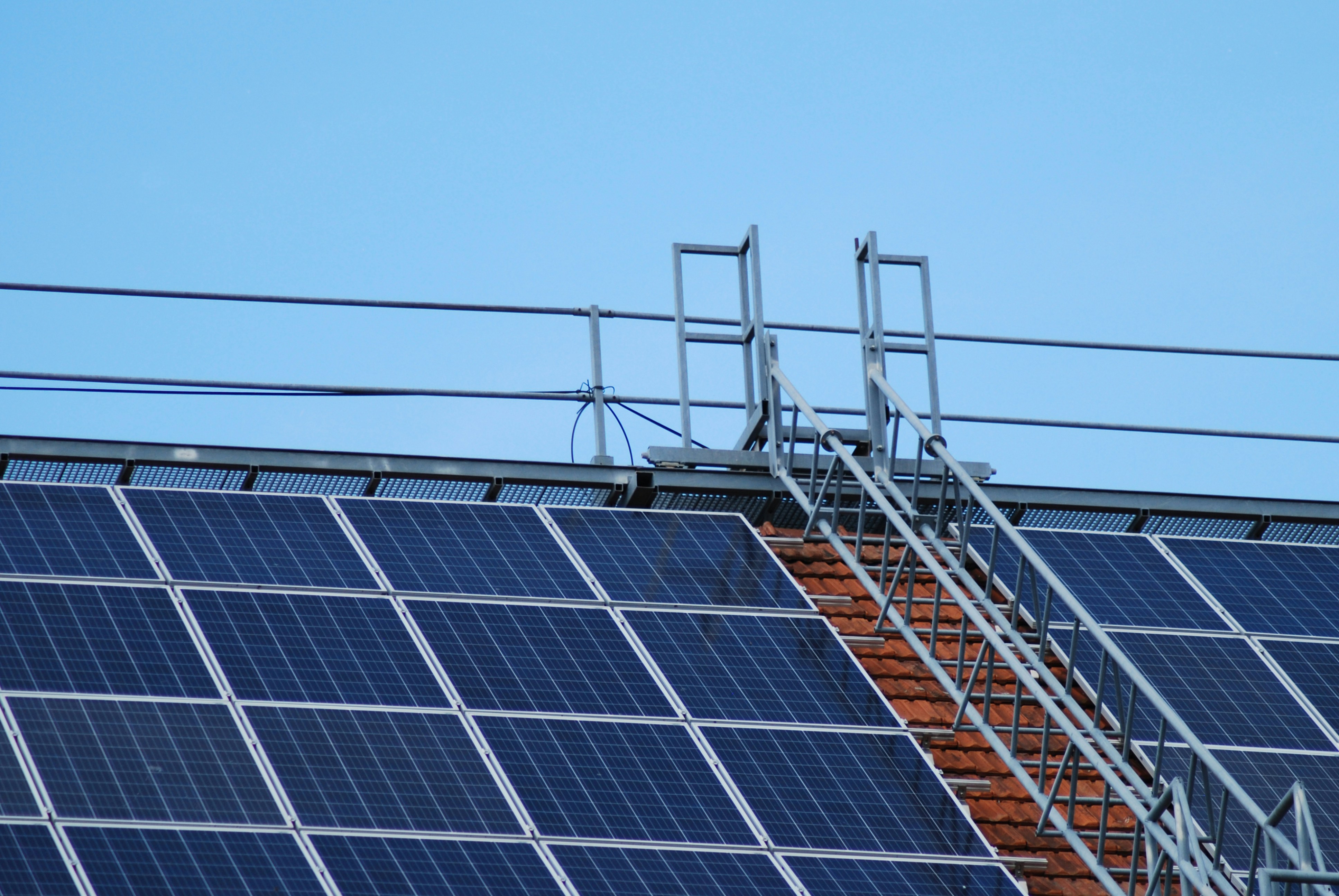
Understanding Your Solar PV System
A solar photovoltaic (PV) system transforms sunlight into electricity, offering a sustainable energy solution for residential and commercial applications. At the core of this system are several key components that work together seamlessly to harness solar energy. These include solar modules, inverters, and mounting systems, each playing a critical role in the overall functionality and efficiency of the installation.
Solar modules, or panels, are composed of photovoltaic cells that capture sunlight and convert it into direct current (DC) electricity. The efficiency and power output of these modules are influenced by factors such as sunlight exposure, angle of installation, and shading. Properly maintained solar modules can significantly enhance the energy yield over time, making regular inspections crucial.
Inverters are the brains of the solar PV system, converting the DC electricity generated by the solar panels into alternating current (AC) electricity, which is what most home appliances and grids use. The type of inverter chosen—be it string, micro, or central inverter—will affect the overall system performance and layout. Advanced inverter technologies can also optimize energy production and provide monitoring capabilities.
The mounting system serves as the framework that holds the solar modules in place. It is essential for both the stability and orientation of the panels, ensuring they are positioned optimally to capture the most sunlight throughout the day. The mounting system must be durable enough to withstand various weather conditions and should be regularly inspected for any signs of wear or damage.
Understanding these fundamental components is vital for maintaining your solar PV system effectively. Regular maintenance, including cleaning of the modules and checking the inverter’s performance, ensures optimal energy production and prolongs the lifespan of the installation. By investing time in understanding and caring for your solar PV system, you can maximize its efficiency and reliability for years to come.
Best Practices for Cleaning PV Modules
Regular maintenance, specifically cleaning, is vital for optimizing the efficiency of your solar photovoltaic (PV) modules. Dust, debris, and other contaminants can accumulate on the surface of the panels, obstructing sunlight and ultimately reducing energy production. Therefore, a systematic approach to cleaning your PV modules is recommended to ensure their longevity and performance.
Firstly, establish a weekly cleaning routine. Start by assessing the condition of your PV modules; if there is significant dirt accumulation, you may need to implement a more frequent schedule. A good practice is to conduct a thorough check after adverse weather conditions, such as heavy rainfall or wind storms, as these may impact the cleanliness of your modules. Aim for cleaning early in the morning or late in the afternoon, as this will prevent the cleaning solution from evaporating too quickly, which can leave streaks.
For cleaning supplies, you should opt for a soft-bristle brush, a squeegee, and a gentle cleaning solution. A mixture of water with a few drops of mild dish soap is effective. Avoid using abrasive materials, as they can scratch the surface of the panels. When using the brush, gently scrub the surface, paying extra attention to any stubborn spots. After cleaning, rinse the modules thoroughly with water to remove any remaining soap residue.
Safety is paramount when accessing rooftop solar installations. Use a sturdy ladder and wear appropriate safety gear, including a harness if necessary. If you are uncomfortable or unable to safely reach your PV modules, consider hiring a professional cleaning service specialized in solar system maintenance. This approach not only ensures your safety but also guarantees that your PV modules receive the care they require for optimal functionality.
Safety Precautions and Accident Avoidance
Maintaining a solar photovoltaic (PV) system requires attention to safety in order to minimize the risk of accidents and ensure optimal performance. The first step in ensuring safety is to equip oneself with the correct personal protective equipment (PPE). This includes safety glasses to protect the eyes from falling debris, gloves to shield hands from cuts and electrical shock, and non-slip footwear to prevent slips and falls. Additionally, employing hard hats can provide further protection particularly when working near roof edges or in areas where objects may fall.
Furthermore, ladder safety plays a critical role in preventing accidents. Proper ladder practices involve inspecting the ladder before use for any signs of damage, ensuring it is placed on stable, level ground, and maintaining a three-point contact while climbing. It is advisable to have someone on the ground to stabilize the ladder when working on rooftops, as unexpected movements can lead to falls and serious injuries.
Electrical safety is paramount when conducting maintenance on solar PV systems. It is essential to de-energize the system before beginning any service work. This can involve turning off circuit breakers and using lockout/tagout procedures to prevent accidental reactivation. Moreover, using insulated tools will further protect against electrical shocks, especially when working with components that may still hold a charge.
Awareness of potential hazards in the environment is critical. For instance, maintaining equipment during inclement weather can be particularly risky. Wet conditions can lead to slippery surfaces, while lightning poses dangers when working outdoors. Therefore, it’s vital to postpone maintenance during severe weather events and to monitor conditions closely. By recognizing and addressing these risks, individuals can significantly enhance their safety and avoid accidents while maintaining their solar PV systems.
Protecting Your Solar PV System from Hail and Wind Storms
As climate variability increases, safeguarding your solar photovoltaic (PV) system from environmental challenges, particularly hail and wind storms, becomes paramount. Hailstorms can damage solar panels, while strong winds pose risks of dislodging components. Therefore, it is essential to employ protective measures to enhance the resilience of your solar PV system against these environmental factors.
One of the primary methods of protection is utilizing protective coverings, such as hail guards or mesh netting. These installations effectively shield solar panels from hail impacts by absorbing the force and dispersing it. Additionally, polycarbonate shields provide a transparent defense without limiting sunlight exposure, which is crucial for energy production. When selecting a covering, ensure that it only minimally impacts the panel’s efficiency while maximizing the protective benefits.
Proper installation is also crucial for securing your solar PV system during storms. It is advisable to reinforce mounting systems and ensure that all components are securely fastened. Installations should adhere to local building codes and recommendations from manufacturers, including utilizing high-quality, weather-resistant materials. The use of ballasted systems may also be beneficial, especially in areas prone to strong winds, as they offer added stability without the necessity of penetrative mounting.
After a severe storm, it is vital to conduct thorough assessments of your solar PV system for potential damage. Inspect the panels for cracks, scratches, or dislodgment, and check for any debris that might obstruct their function. Additionally, evaluate the mounting structure for any signs of weakness or failure. By performing regular inspections and maintenance, you can ensure the longevity and effectiveness of your solar PV system, thus protecting your investment against future weather-related risks.

